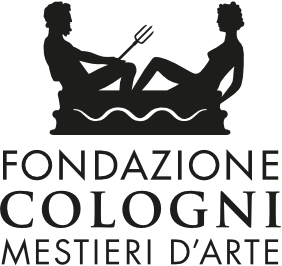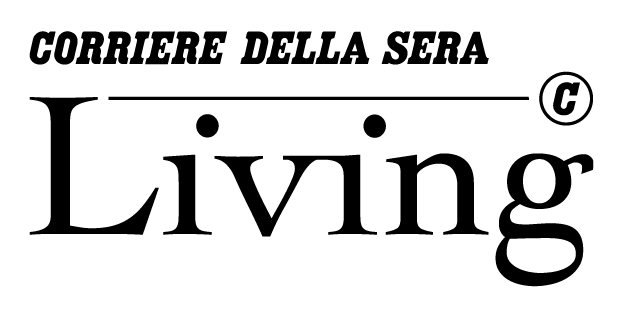Creative buds for new flowers and fruits
We find this same viriditas, the same vital energy, in the dialogue between international designers and Italian craftspeople; whom we have once again wanted to encourage for the fifth edition of Doppia Firma: it is a force that allows design to become a product, and talent to flourish until it becomes virtuosity.
It is thanks to grafting that plants grow healthily and give good fruit, as every good gardener knows. This is why the Michelangelo Foundation and the Fondazione Cologni, together with Living Corriere della Sera, have once again allowed the implantation of a creative contemporary spirit (and at times slightly iconoclast) on to the very solid trunk of traditional Italian craftsmanship: for original flowers and new fruit to blossom, which endure the test of time and illustrate a point in time.
After five years of “Doppia Firma” we can say that our desire to give visibility to the work of master craftspeople, supporting them in a dialogue with design, has become a project shared by many: the success of the Homo Faber event, at the Fondazione Giorgio Cini in Venice (its second edition will take place in April 2022), is proof of this. Many now believe (as we do) that there will always be something that human hands can do better than any machine, especially if this talent comes into contact with the driving force of the project. This year’s theme, the outdoors, has allowed us to take a further step forward in developing these relations, which result in unique objects which create inspiring relations: knowing, as Gilles Clément writes, that “The beautiful diversity of nature nourishes, inspires, gives life force, and brings betterment and variety and it is when park and art entwine: that it transforms and connects man in the process. A garden enables us to rediscover our humanity beyond our social statuses. We often talk about the school of life, but the school of nature is the most fundamental of all”.


